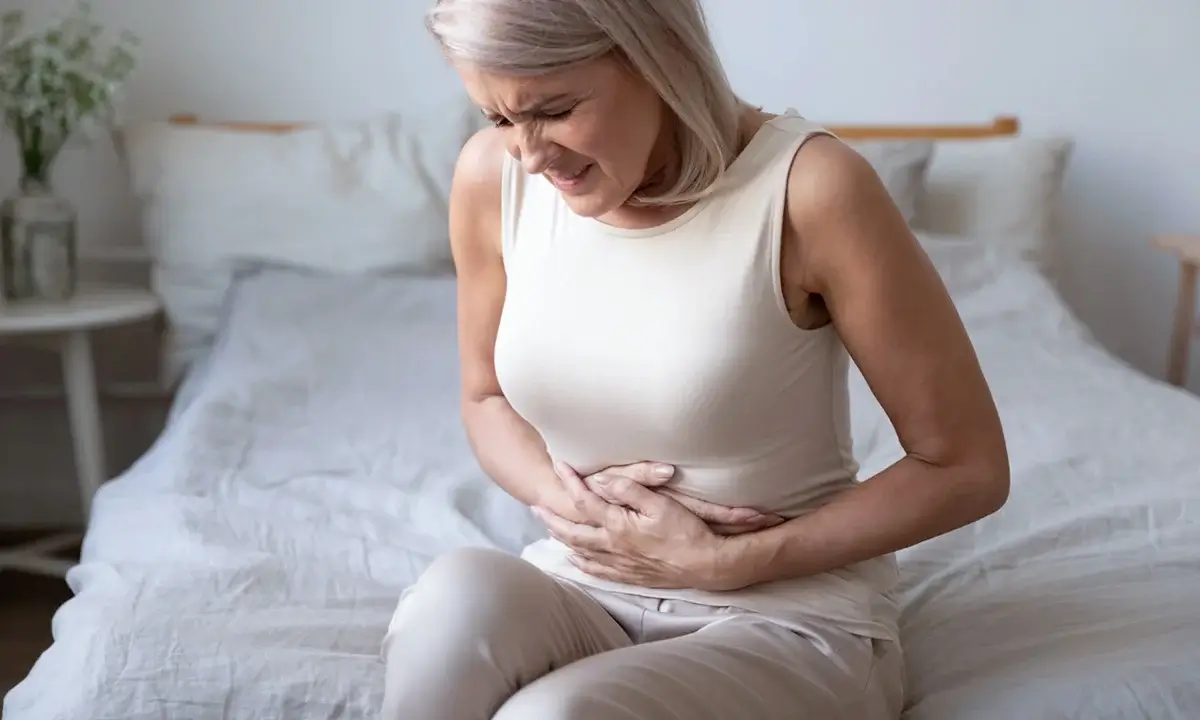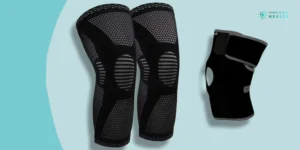Clitorus sore, also known as clitorodynia, is a distressing condition that affects many individuals, causing discomfort and interference with daily life. Understanding the causes, symptoms, and available treatments is crucial in managing this condition effectively.
What is Clitoris Pain?
Clitoris pain refers to discomfort, tenderness, or pain in the clitoral region. This sensitive organ is a key part of the female reproductive system and is highly sensitive to stimulation.
Possible Causes of Clitorus Sore
A sore clitoris after cycling is a common concern among individuals. Cycling, particularly on certain types of bikes or in improper positions, can cause friction and pressure on the clitoral area, leading to soreness or pain. Other causes of clitoral pain may include:
- Sexual trauma: Past experiences of sexual trauma or injury can result in persistent clitoral pain.
- Vaginal infections: Infections such as yeast infections or bacterial vaginosis can lead to discomfort in the clitoral area.
- Sexually transmitted infections (STIs): Certain STIs may cause inflammation and pain in the clitoris.
- Rashes or other skin conditions: Conditions like dermatitis or contact allergies can cause itching, soreness, or pain in the clitoral region.
- Nerve compression: Pressure on the nerves near the clitoris can lead to persistent pain.
- Skin irritation: Harsh soaps, chemicals, or tight clothing can irritate the skin around the clitoris, causing discomfort.
- Other health conditions: Conditions such as fibromyalgia or pelvic floor disorders can also contribute to clitoral pain.
What Does Clitoral Pain Feel Like?
Individuals experiencing clitoral pain may describe the sensation as:
- Aching
- Burning
- Stabbing
- Tingling
- Throbbing
These sensations can range from mild to severe, impacting daily activities and sexual function.
Diagnosis and Treatment
Diagnosing Clitorus sore involves a thorough medical history, physical examination, and possibly additional tests to determine the underlying cause. Treatment options vary based on the cause and severity of the pain. Some treatments may include:
- Medications: Pain-relieving medications or antibiotics for infections.
- Physical therapy: Pelvic floor exercises or relaxation techniques to relieve pressure on the clitoral area.
- Lifestyle changes: Avoiding irritants, using gentle soaps, or adjusting cycling positions.
- Counseling or therapy: Addressing past traumas contributing to clitoral pain.
- Surgical intervention: In rare cases, surgery might be necessary to relieve nerve compression or other physical issues causing pain.
When to Seek Medical Attention
It’s essential to consult a healthcare provider if:
- Clitoral pain persists despite home remedies or changes in habits.
- The pain interferes with daily activities or sexual function.
- New symptoms accompany the pain, such as fever, unusual discharge, or severe discomfort.
Cleveland Clinic’s Insight
The Cleveland Clinic emphasizes the importance of seeking medical advice for persistent clitoral pain. They recommend a prompt evaluation to identify the underlying cause and initiate appropriate treatment.
Understanding the causes, symptoms, and available treatments for clitoral pain is crucial in managing this condition effectively. If you’re experiencing persistent discomfort or pain in the clitoral area, seeking professional medical advice is highly recommended.
Conclusion
Understanding clitoral pain, and its various causes, and seeking appropriate medical attention are essential for managing discomfort and ensuring overall well-being. While soreness after cycling might be temporary, persistent or worsening pain warrants professional evaluation for proper diagnosis and treatment.
FAQs
- Can cycling cause soreness in the clitoral area?
Cycling can potentially lead to soreness or discomfort in the clitoral region due to prolonged pressure and friction. - When should I seek medical help for clitoral pain after cycling?
If the soreness persists beyond a reasonable recovery time or interferes with daily activities, consulting a healthcare provider is recommended. - Are there specific exercises to alleviate clitoral pain after cycling?
Engaging in gentle stretching exercises or using cushioned seats while cycling might help reduce discomfort. - Can overexertion during cycling cause clitoral pain?
Excessive pressure or prolonged cycling without adequate breaks might contribute to soreness or discomfort in the clitoral area. - Is clitoral pain always indicative of a serious health issue?
While soreness after cycling might be transient, persistent or severe pain could signal an underlying health concern, necessitating medical attention.





